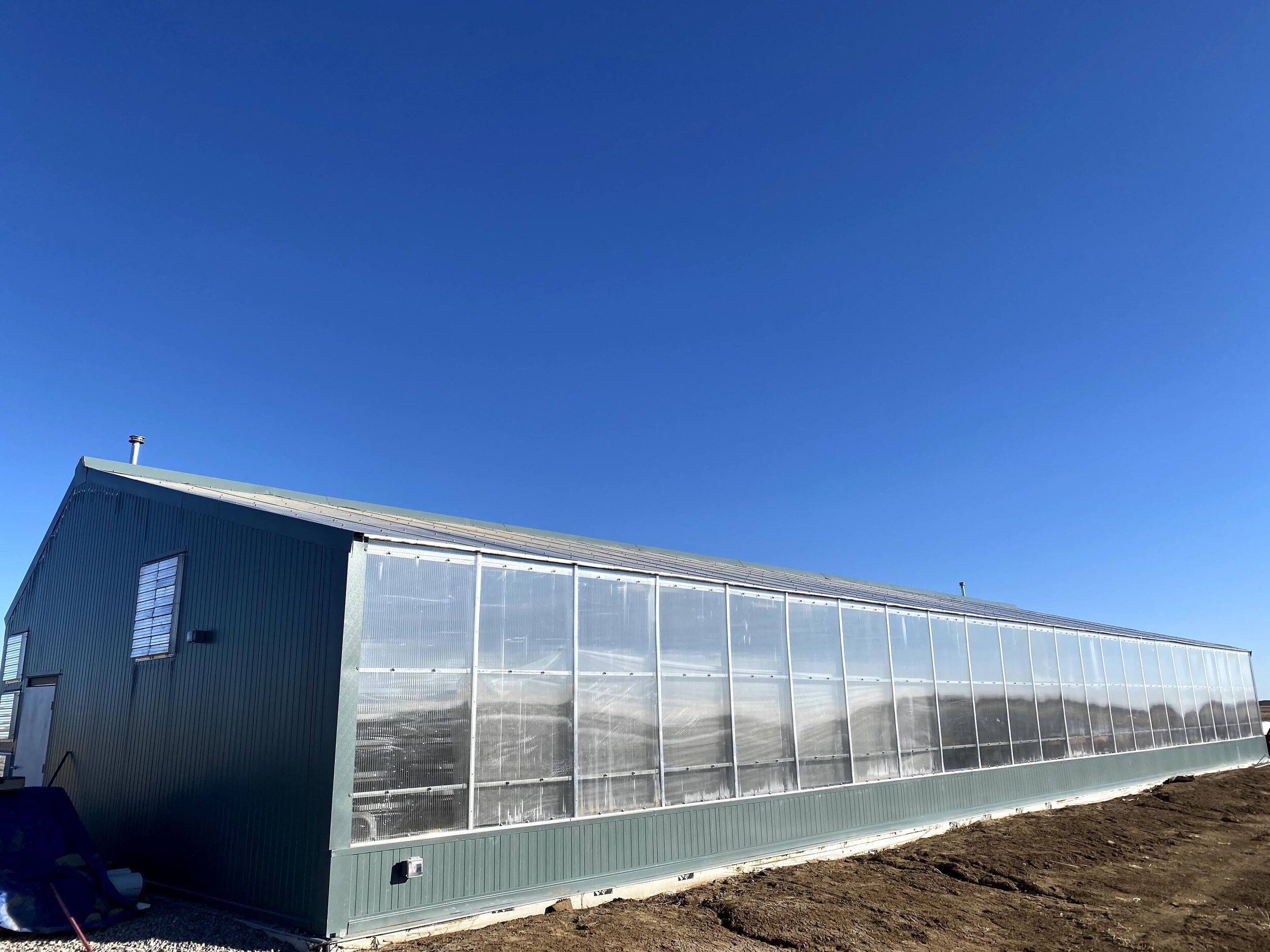May 13, 2020
Calculate Daily Light Integral Using Agritecture's New Tool
.jpg)
Photo Credit: CERES Greenhouse Solutions
Introducing Agritecture’s DLI Calculator, a digital tool allowing users to estimate the Daily Light Integral (DLI) in any location on earth. Our DLI Calculator is the 1st in a series of free tools we'll be building that relate closely to our recent launch of Agritecture Designer - the world’s first digital platform for planning urban farms.
Why is DLI so Important for Growers?
Daily Light Integral, in simple terms, is the amount of Photosynthetically Active Radiation (PAR) or plant available light that falls on a location in a 24-hour period. Calculating DLI can help you select which crops to grow, knowing what will grow best in your region based on the amount of light it will receive.
The amount of light that reaches a plant is important to know because the incorrect amount of light can result in negative consequences. An insufficient amount of light can have numerous undesired effects such as causing plants to stretch, leaf discoloration, and interference with flowering/fruiting stimuli. If you are planning a greenhouse operation, knowing the DLI is key to determine if your operation will need supplemental lighting.
For example, if you are located in the Pacific Northwest of the U.S., the DLI levels in your greenhouse will probably fluctuate between 5-10 mol/ m2 per day, depending on the level of cloud cover. If you want to grow leafy greens, that isn’t enough light to get a quality crop. So, this estimation can help you determine if you need supplemental lighting or not, the approximate amount of light that will be required from the lights, and with that, a rough estimate of both capital and operating expense for the lighting can be created.
The following is a breakdown of DLI required for some popular greenhouse-grown crop types:
-
Microgreens: 12 mol / m2 / day
-
Leafy Greens & Herbs: 16-19 mol / m2 / day
-
Strawberries: 20-24 mol / m2 / day
-
Tomatoes, Peppers & Cucumbers: 24-28 mol / m2 / day
So What Does the Calculator Do?
The Agritecture DLI Calculator provides an overall estimate of light falling in a particular location (the exact amount of PAR is based on numerous factors at any given time). The major factor that influences the amount of light reaching a particular spot on earth is its angle in relation to the sun. In addition to that, clouds, airborne particles of dust, chemicals, a clear glass or plastic covering, and more will interfere with light transmission and further reduce DLI.
The DLI Calculator allows you to estimate the average DLI in your location for 4 scenarios:

-
Outdoors - clear sky
-
Outdoors - cloudy/hazy sky
-
In Greenhouse - at plant canopy - clear sky
-
In Greenhouse - at plant canopy - cloudy/hazy sky
For DLI estimates in a greenhouse, it is important to remember that the degree of light transmission varies greatly by covering type, covering age, and covering cleanliness. Additionally, greenhouse infrastructure such as lights, heaters, and fans can further reduce the amount of light that reaches the plant canopy. The DLI Calculator makes estimates for each of these light reductions. It is important to remember that your specific conditions will be different.
To measure the DLI in your specific location, you need a horticultural light meter to log light readings of PAR at intervals over a 24 hour period. There are simple horticultural light meters that will provide you with a DLI range and more complex and expensive digital PAR meters that will provide you with more precise information.
If your business requires digital tools relating to agriculture, Agritecture can help in the design and implementation of your next project. Contact us today to learn more about our services.
The DLI Calculator project was led by Agritecture Lead Agronomist, David Ceaser. Programming of the web-app was done by Agritecture Software Engineer Intern, Almazan Abdukhat. Please share your feedback with us about the tool!
